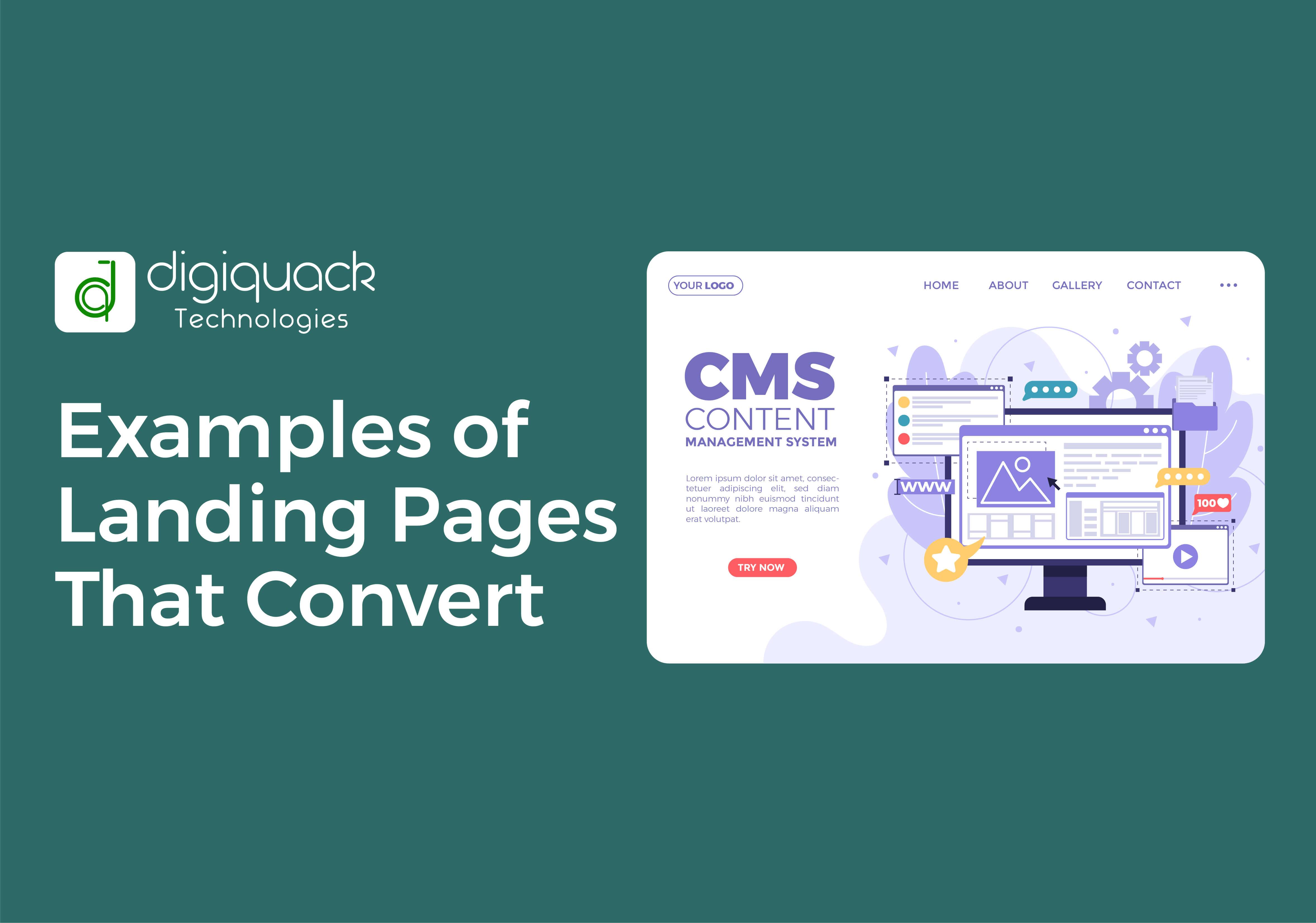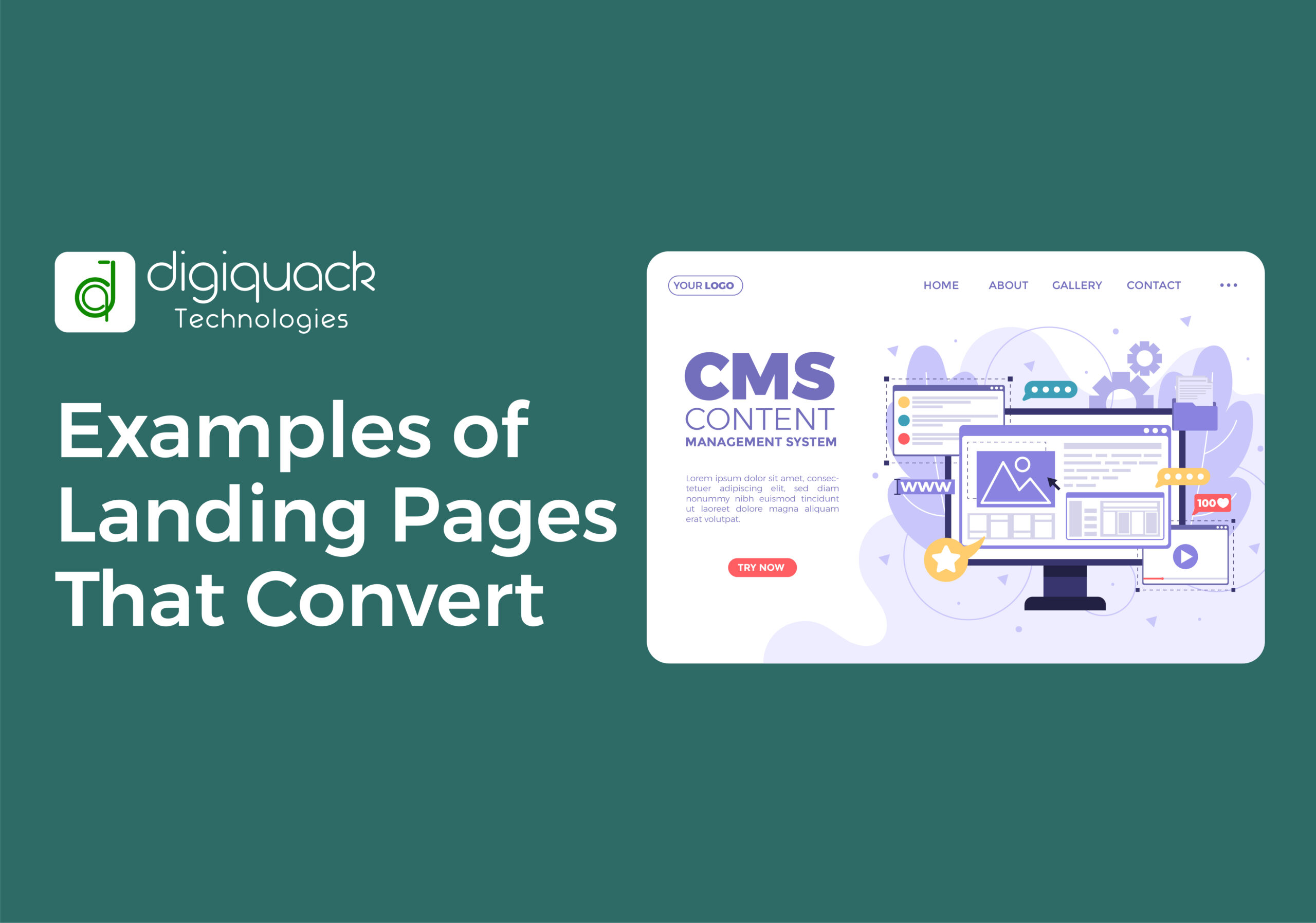SEO Strategy: How to Create an Effective Plan

In the bustling digital landscape where millions of websites jostle for attention, mastering SEO (Search Engine Optimization) is akin to unlocking a secret treasure chest. It’s not just about ranking higher on Google; it’s about attracting the right audience, driving organic traffic, and ultimately, boosting your business’s online presence. In this guide brought to you by Digiquack Technologies, we’ll walk you through the essential steps to craft an effective SEO strategy that propels your website to the top of search engine results pages (SERPs).
Create a List of Keywords
Keywords are the building blocks of SEO. Begin your strategy by compiling a comprehensive list of relevant keywords and phrases that your target audience is likely to search for. Tools like Google Keyword Planner, SEMrush, or Ahrefs can be invaluable for this task. Remember to prioritize long-tail keywords, as they often have less competition and higher conversion rates.

Analyze Google’s First Page
Understanding what already ranks well on Google’s first page for your target keywords provides valuable insights into what works in your niche. Analyze the top-ranking pages to identify patterns, content formats, and areas where you can improve or differentiate your content.

Identify Your Competitors
Competitor analysis is a cornerstone of any successful SEO strategy. Identify your main competitors in the digital space and analyze their strengths and weaknesses. What keywords are they targeting? How are they acquiring backlinks? Use this information to refine your own approach and find opportunities for growth.
Create Something Different or Better
To stand out in the crowded online marketplace, your content must offer something unique or better than what’s already available. Whether it’s in-depth research, original insights, or a fresh perspective, strive to create content that adds value and engages your audience.

Add a Hook
A compelling headline and meta description act as your website’s calling card in the SERPs. Craft attention-grabbing titles and descriptions that entice users to click through to your page. Incorporate your target keywords naturally while also addressing the searcher’s intent.
Optimize For On-Page SEO
On-page optimization lays the foundation for your website’s visibility in search results. Ensure that your content is well-structured, with proper headings, meta tags, and keyword optimization. Pay attention to factors like page load speed, mobile-friendliness, and user experience, as these also influence your rankings.

Optimize For Search Intent
Google’s primary goal is to provide users with the most relevant and useful content based on their search queries. Align your content with the searcher’s intent, whether it’s informational, navigational, or transactional. Tailor your content to address their needs and solve their problems effectively.

Focus on Content Design
In today’s visually-driven online landscape, content design plays a crucial role in capturing and retaining users’ attention. Invest in high-quality images, videos, infographics, and other multimedia elements that complement your written content. A visually appealing website not only enhances user engagement but also signals credibility and professionalism to search engines.

Build Links to Your Page
Backlinks remain one of the most influential ranking factors in Google’s algorithm. Focus on acquiring high-quality backlinks from authoritative websites in your industry. Leverage tactics like guest blogging, influencer outreach, and content syndication to earn valuable backlinks that boost your website’s authority and visibility.

Improve and Update Your Content
SEO is an ongoing process that requires constant monitoring and optimization. Regularly audit your content to identify areas for improvement and update outdated information. Keep abreast of industry trends, algorithm updates, and changes in user behavior to stay ahead of the competition.
In conclusion, mastering SEO requires a strategic approach and continuous refinement. By following these steps and leveraging the expertise of Digiquack Technologies, you can create an effective SEO strategy that drives sustainable growth and positions your website for long-term success in the digital realm. Unlock the full potential of your online presence and watch your business soar to new heights!




















